Our Japanese-born reporter tries California-grown rice, gets his mind blown【Taste test】
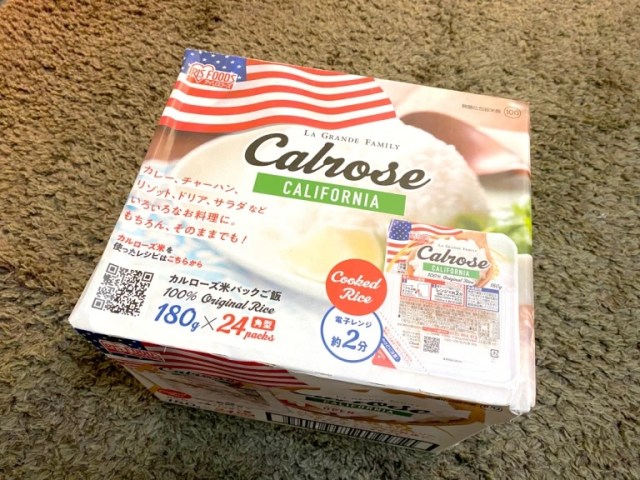
His friend warned him about Calrose rice. Should he have listened?
As someone born and raised in Japan, our Japanese-language reporter P.K. Sanjun eats a lot of rice. And while his favorite way to eat it is, of course, fresh out of the rice cooker, like a lot of Japanese people he also likes to keep a few microwavable rice packs in his apartment, just in case he doesn’t have time to cook a pot of grains before hunger hits.
So on his most recent trip to Costco, P.K. was looking to pick up some rice packs, when he came across a variety he’d never noticed before.
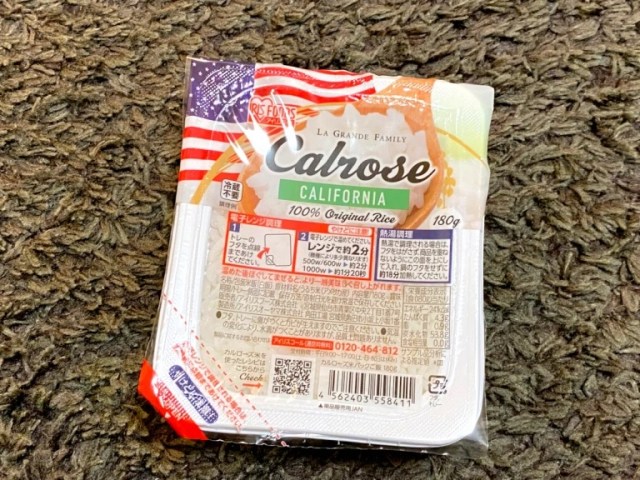
As you can probably guess from the American flag, Calrose rice isn’t grown in Japan, and the first part of its name comes from “California,” the West Coast American state where it is grown. P.K. was a little worried, though, because even though he’s never eaten Calrose rice himself, he has a Japanese friend who’s currently living in the U.S., and said friend wasn’t impressed when he tried it.
“I’d rate it as thoroughly mediocre, or maybe below-average,” P.K.’s friend had told him. “I buy THE MOST expensive rice you can get here, the Tamaki Gold, and Calrose is a lot cheaper. Don’t compare it to Japanese rice. When I go back to Japan, even the average rice tastes so good to me.”
Not exactly the most glowing endorsement, but then again, they say there’s no accounting for personal taste. P.K. felt a little reassured when he saw that Costco’s Calrose rice packs are specifically produced for Iris Ohyama, a Japanese trading company, since it suggested that at least someone at the company thought Calrose rice would be pleasing to Japanese people’s palates.
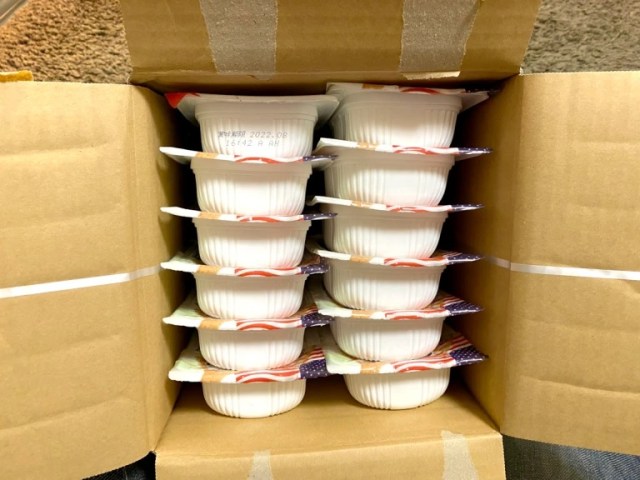
But what really sealed the deal was the price. The Calrose rice packs come in a 24-pack box for 1,498 yen (US$13.15). That works out to just about 62 yen each, which is an amazingly cheap price for rice packs in Japan. With each pack having 180 grams (6.3 ounces) of rice, he’d be getting 4.32 kilos for 1,498 yen, pretty much about the same price as he’d pay for a sack of rice in a Japanese supermarket of that size that he’d have to go through the trouble and time of cooking.
So P.K. took the plunge and bought the box, figuring that if the Calrose rice really did taste all that bad, he could just feed the remaining packs to Mr. Sato or something.
Doing a little online research on his way home, P.K. learned that Calrose is a medium-grain Japonica rice, and the Japanese-language website of the USA Rice Foundation describes it as something of a midpoint between Japan’s domestic short-grain varieties and the long-grain Thai-style jasmine rice that also has a lot of fans in Japan.
After tearing back a corner of the wrapping to the dotted line, P.K. popped the pack in the microwave for two minutes, then grabbed his chopsticks for the tasting…
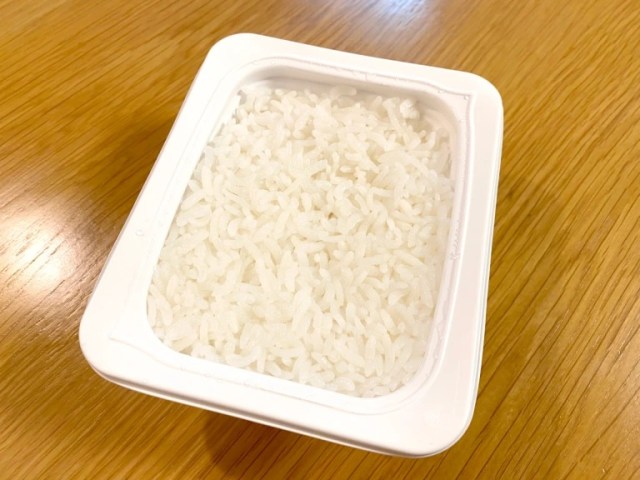
…and it took exactly one bite for P.K. to learn that he and his friend have some very different opinions about rice. “Calrose rice isn’t bad at all!” P.K. says. “It’s honestly really good! It’s a touch on the airy side, but it has a nice, subtle sweetness. I don’t know if I’d want to just eat a bowl of it by itself with nothing else, but there’s no way you can say it tastes bad. It’d be a great rice to use with curry, and even though the grains are longer than Japanese rice, it’s not really something you notice very much while you’re chewing.”
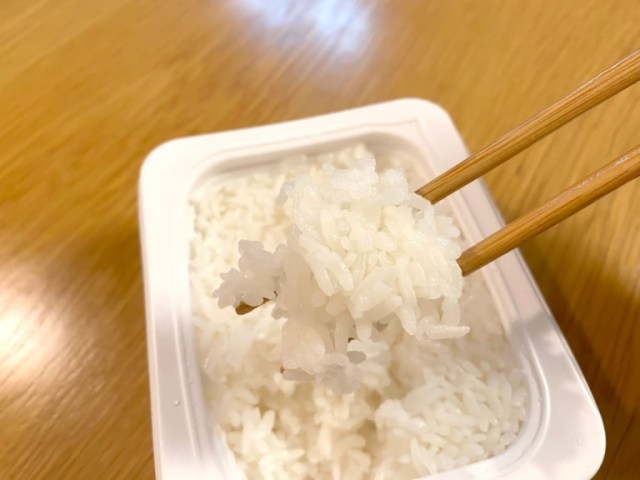
On the 1-to-5 P.K. scale, the Calrose rice packs get near-perfect 4s in both the “I’d recommend this” and “I’d buy this again” categories. “The flavor is above and beyond ‘OK,’ and taking the price into account, these might be the best possible rice packs to keep on hand,” he says.
So all in all, a much smarter choice than that giant chocolate egg P.K. got on one of his previous Costco runs.
Photos ©SoraNews24
● Want to hear about SoraNews24’s latest articles as soon as they’re published? Follow us on Facebook and Twitter!
Credit:

0 comments: